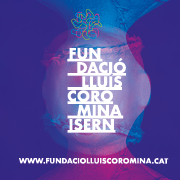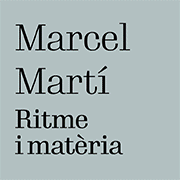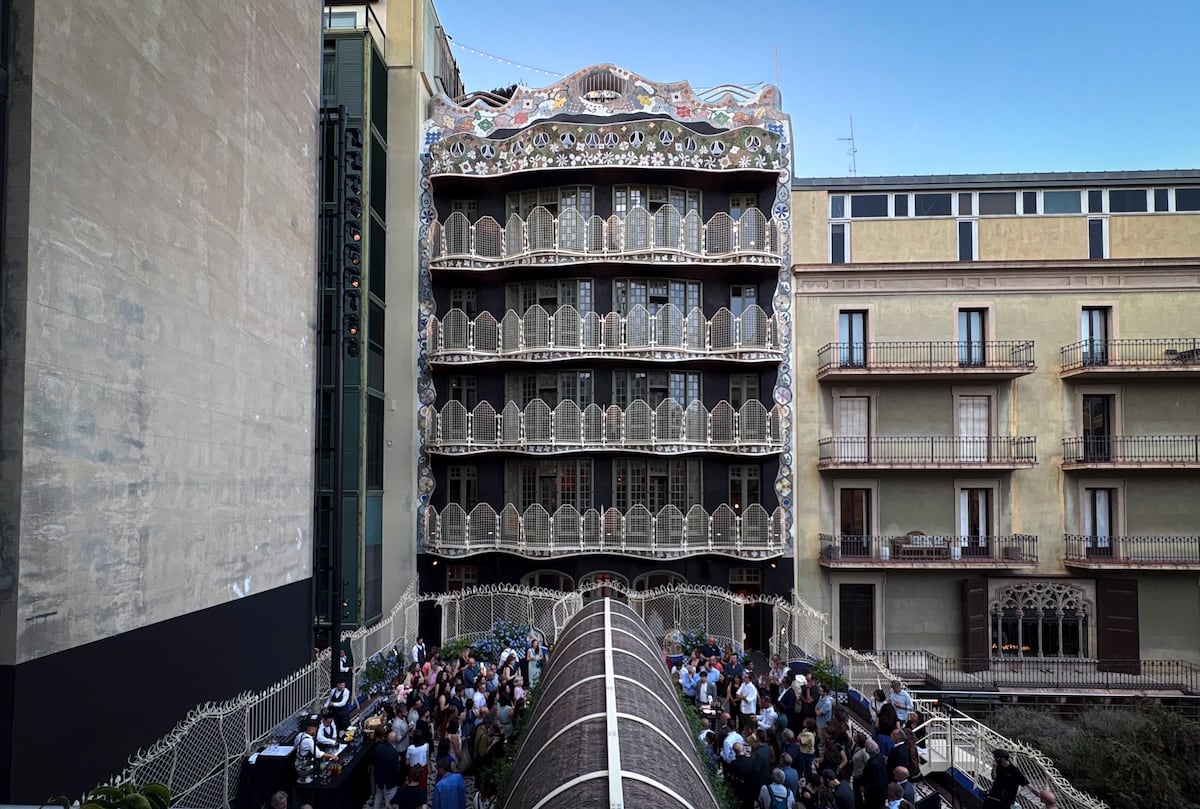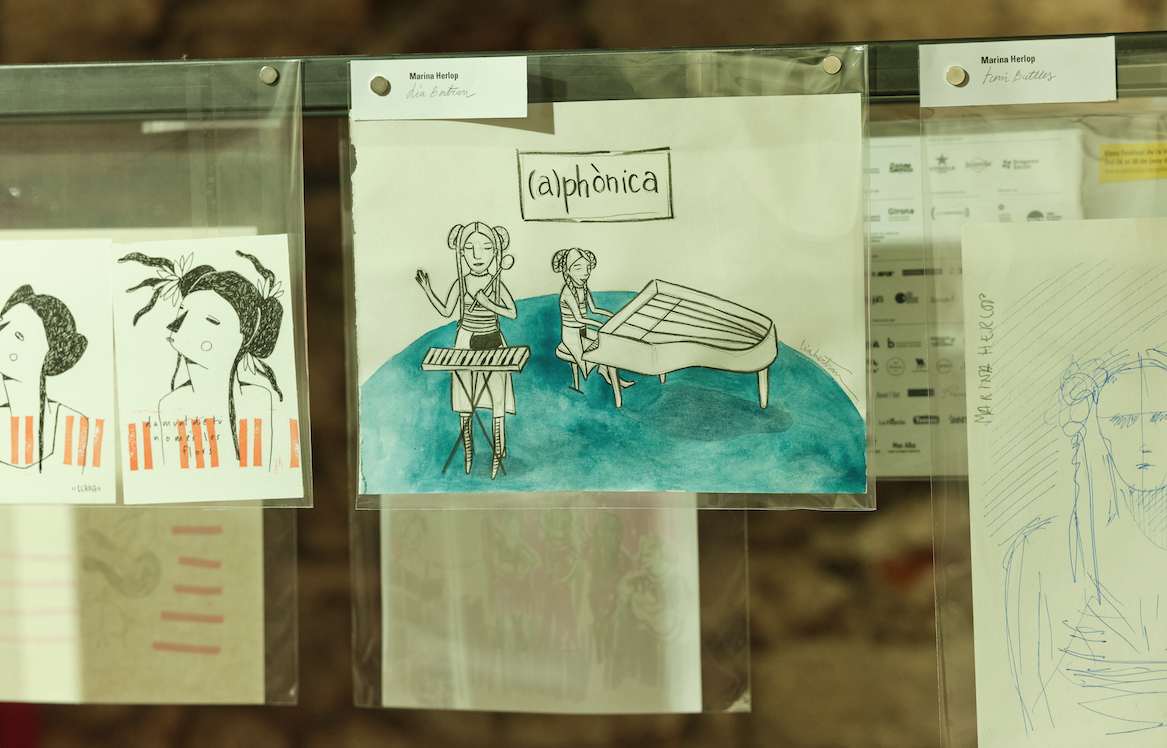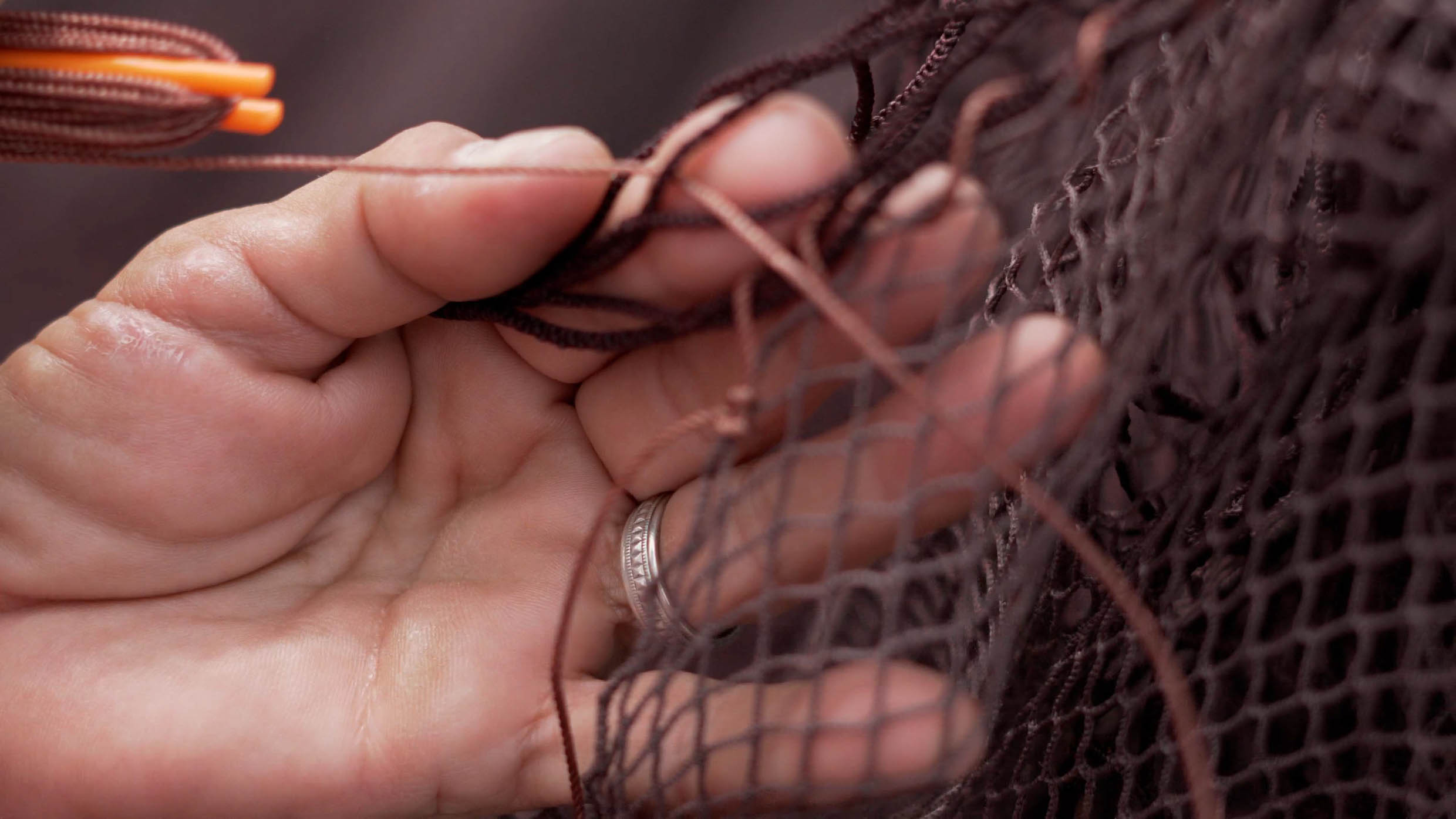Exhibitions
Fabulating landscapes: rethinking the museum as a space for dialogue and dispute
A questioning of hegemonic narratives and a proposal for new ways of inhabiting and disinhabiting the museum institution.
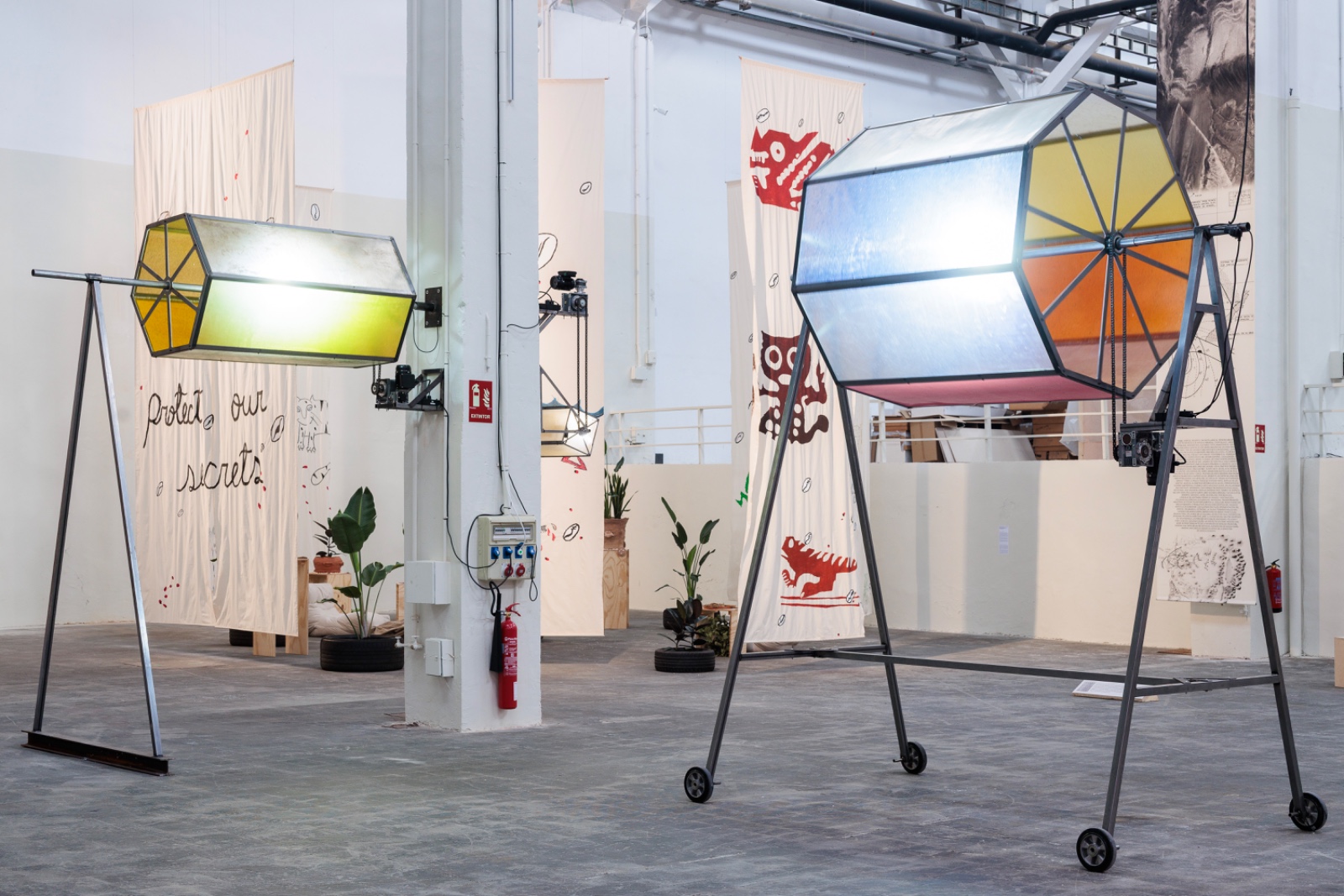
The museum has ceased to be a passive space dedicated solely to the conservation of objects to become an active agent in the construction and revision of cultural narratives. This idea is what inspires Fabular paisatges , an exhibition curated by Manuel Borja-Villel, Lluís Alexandre Casanovas Blanco and Beatriz Martínez Hijazo, which takes place between the Palau Moja and the Palau Victòria Eugènia in Barcelona, within the framework of the Museu Habitat project. The exhibition proposes a critical reading of the museum as an institution that has conveyed discourses of power, constructed hegemonic narratives and silenced other forms of knowledge. In particular, it questions the legacy of the encyclopedic museum —this model that, since modernity, has classified cultures under aesthetic, scientific or national criteria— and reviews the foundations on which its authority has been erected.

In Catalonia, this type of museum took shape in a context marked by industrialization and the desire of an emerging bourgeoisie to legitimize itself culturally. In this framework, landscape, along with portraiture and history painting, became a privileged category. But landscape is not a neutral form of expression: it is a cultural construction that separates the observing subject from the territory represented and that often acts as a metaphor for a conquered, exploited or domesticated space.

The exhibition, which can be visited until October 5, does not aim to be a mere succession of works, but rather wants to rethink the role of the museum in a society in constant change that demands a review of how history is told, who does it and from where. In this sense, it raises the need for a decolonial perspective that goes beyond the physical return of plundered works. How can we hear today the voices erased by the policies of representation? How can we move towards forms of symbolic and political reparation? These questions cross the exhibition narrative and open the door to imagining new ways of storytelling: rejecting the colonial distribution of the world, claiming transnational identities and mobilities, and actively questioning the power structures that inhabit the museum.

The tour unfolds in two distinct spaces: in the Palau Victòria Eugènia, the pieces invite us to reflect on major international exhibitions and the way they have organized knowledge, as well as on themes of landscape, displacement and identity. In the Palau Moja, on the other hand, the gaze focuses on the ideas of monument, public space and memory.

The exhibition was conceived from a process of debate and shared construction that began in November 2024 during the Museu Habitat conference. As the curatorial team points out, “the idea was to create an instrument, a place where elements related to how stories are made, how history is made, how we govern ourselves from another point of view can be debated.”

Among the participating artists are names such as the Adrian Women's Association of the La Mina Neighborhood, Efrén Álvarez, Paula Artés, Ariella Aïsha Azoulay, Sammy Baloji, David Bestué, Ahmed and Touda Bouanani, Claudia Claremi, Domènec, Lucía Egaña, El Palomar, Lola Lasurt, Antoni Muntadas, Carlos Pazos, Jorge Ribalta, Eulàlia Rovira, Adrian Schindler, Ceija Stojka and Oriol Vilanova, among many others, demonstrating a clear commitment to the plurality of perspectives and origins.
In short, it is about entering a space that wants to make you think, that puts works, contexts and stories into dialogue, where the museum ceases to be a place of unquestionable truths to become a terrain of dispute where frictions become visible and the story is dismantled to be collectively rebuilt. “The exhibition is like a choreography,” explains Borja-Villel, “and the relationships between the works generate elements that open up unexpected paths and spaces.”



